Visit or Call Our Sleep Guide Texas Showrooms
Our Texas Showrooms Are Here To Help With All Your Favorite Online Brands! And We Offer Exclusive Coupons To Save More!
Learn MorePlease note, we are proudly supported by our readers. The product links are referral based and if you purchase an item we make a small commission. For more information please see our disclosure page.
Our site uses cookies to improve your experience, continuing on our site means you agree with our cookie policy Read More
I agreeAches and pains can make getting a great night’s sleep feel impossible. The position you choose to sleep in can greatly help with easing your aches and pains. However, if you sleep in the wrong position not only could it not relieve you pain, it could actually make it worse. We are going to share with you all of the different sleep positions and how they could potentially help or hinder your pain relief. Stick around for tips on relieving pain and getting the sleep you deserve.
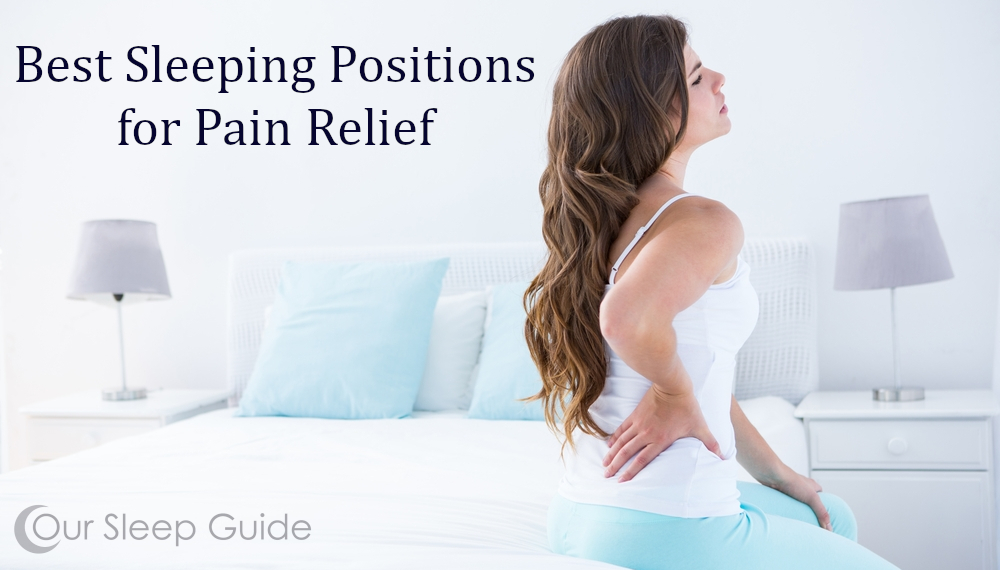
Struggling with back pain? Check out the Top Mattresses For Back Pain.
Generally, we do not recommend sleeping on your stomach. We know some folks seriously love sleeping on their stomachs. However, it is hard to avoid neck strains and back pains when you sleep on your stomach. We are going to share a few of the pros and cons, and then give a few tips if you insist on sleeping on your stomach.
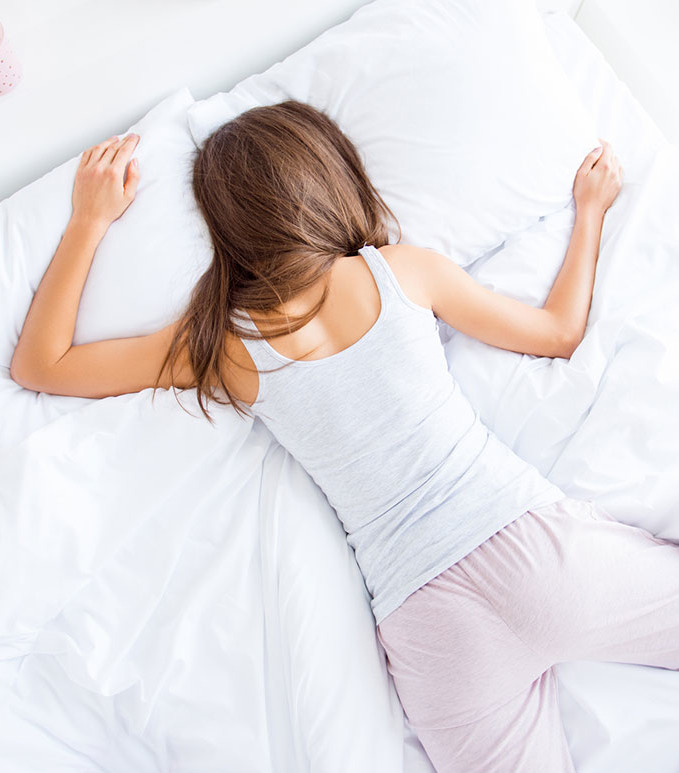 Snoring & Sleep Apnea
Snoring & Sleep Apnea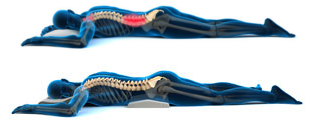 Place a small pillow or rolled towel under your hips to support your back. This will help keep your back from bowing into the bed. Which can cause lower and upper back pain.
Place a small pillow or rolled towel under your hips to support your back. This will help keep your back from bowing into the bed. Which can cause lower and upper back pain.Check out our favorite mattresses for stomach sleepers.
Sleeping on your side is our first runner up when it comes to choosing a sleep position to relieve pain. While it is not always the best for shoulders or hip pain, sleeping on your side can be helpful with a great number of different causes for aches and pains.
If you prefer to sleep on your side, there are different precautions you can take to ensure that your sleep is more comfortable and avoid aches and discomfort.
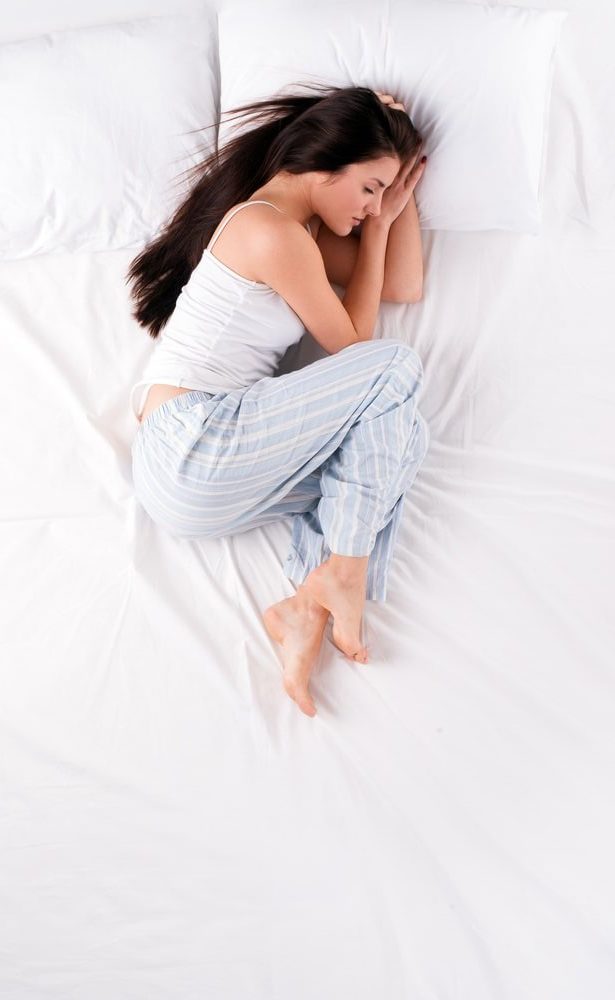 Snoring & Sleep Apnea
Snoring & Sleep ApneaClick HERE to view our review over the Side Sleeper Pillow!
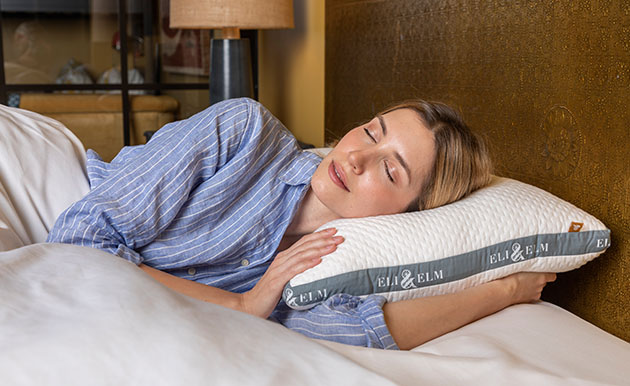 Invest in a lofty pillow. Thicker pillows help to keep your head and neck properly supported.
Invest in a lofty pillow. Thicker pillows help to keep your head and neck properly supported.Check out our top picks for mattresses that work best for side sleepers in our post: top mattresses for side sleepers.
When it comes to most aches and pains, sleeping on your back is going to be your best bet. For the most part, sleeping on your back tends to be the most comfortable position. Those who sleep on their backs tend to have less interrupted sleep and do not have to readjust nearly as often as those who sleep on their sides or stomach.
With the right mattress and proper support, your spine will stay in proper alignment as well. Making this the position of choice for most with back and joint pain.
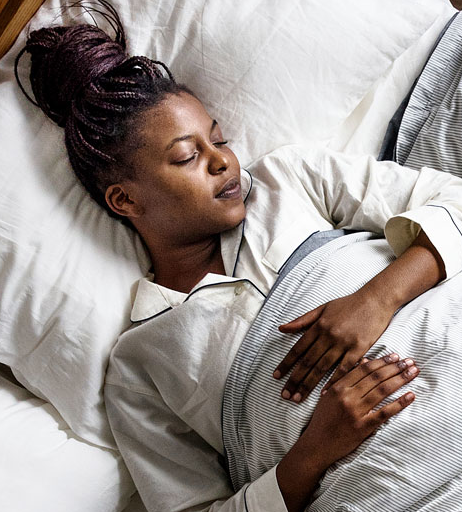 Relieves Sciatic Pain
Relieves Sciatic Pain Medium to Firm Mattress – If your mattress is too soft your back may bow and cause discomfort.
Medium to Firm Mattress – If your mattress is too soft your back may bow and cause discomfort.We love the wedge pillow collection from Brentwood Home for preventing snoring or under the knees.
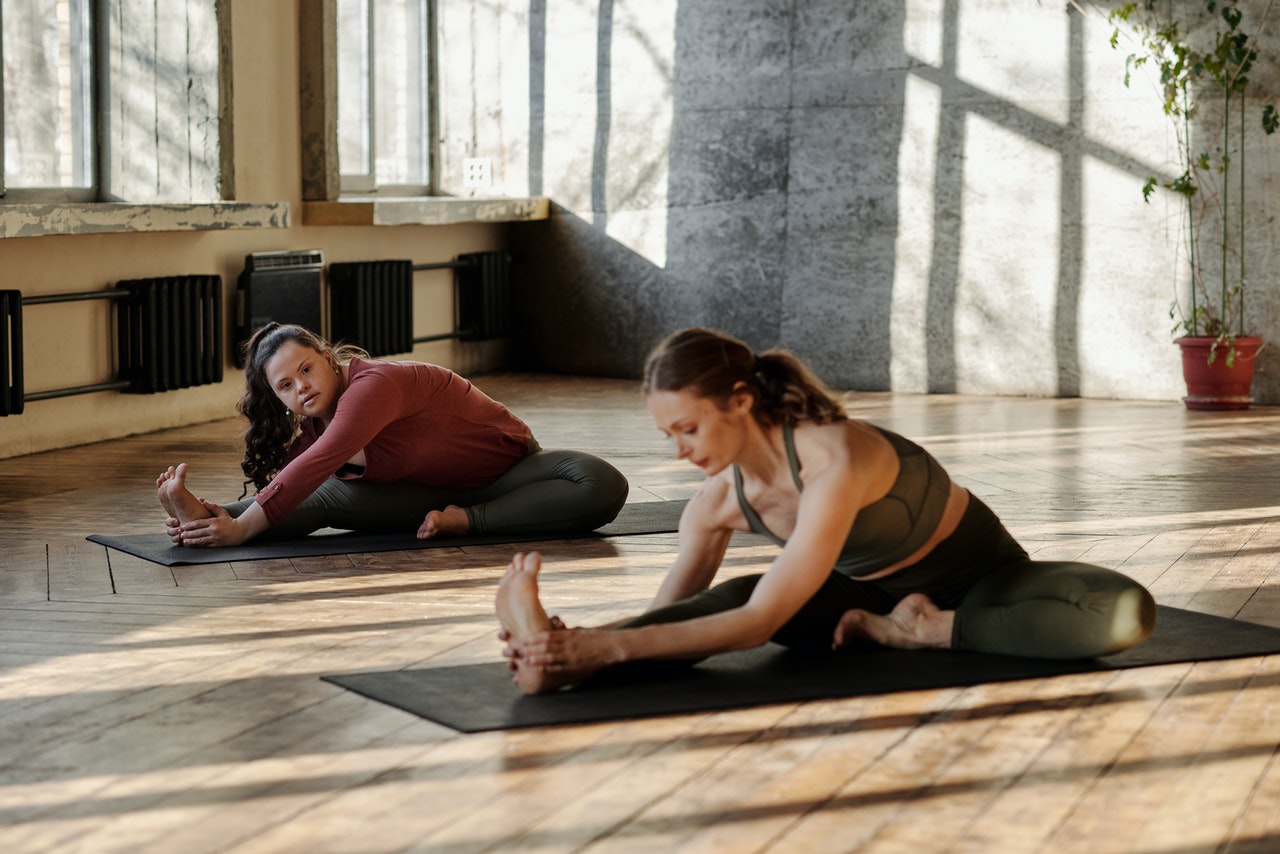
By stretching you are working out any tightness that could potentially create more issues. A good stretch in the morning is also a great practice for waking up as well. It is a great way to slowly get your blood flowing and get ready to take on your day.
Learn more about the benefits of stretching in our post: Stretch??

A nightly bath can help tense muscles to relax, this not only feels great it can also help prevent more aches and pains from arising from sleeping on tense knotted muscles. Epsom salts make for a great addition to your bath as they can help to lower inflammation in the body.
Click to see How To Create A Stress Free Nightly Routine.
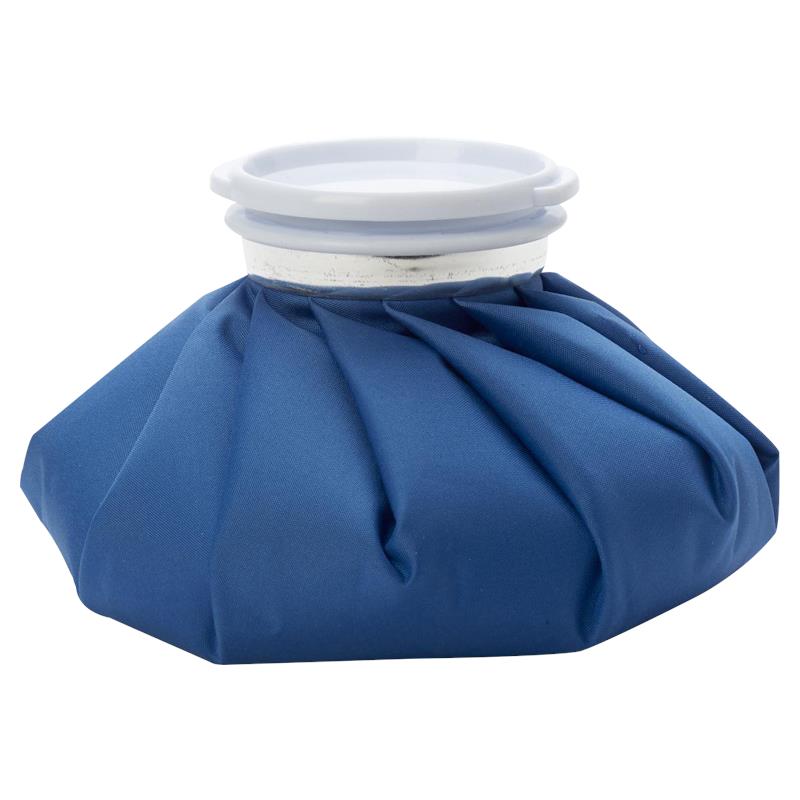
There are a lot of great heating and cooling systems for beds these days. These can be a great way to safely prove heat or cool for your body throughout the night. They can even be adjusted throughout the evening if you wake up in the middle of the night with a bit of pain. You don’t even need to get out of bed.
Check out the heating and cooling products in our post: Best Cozy Sleep Products For Cold Sleepers & Best Cooling Sleep Products For Hot Sleepers
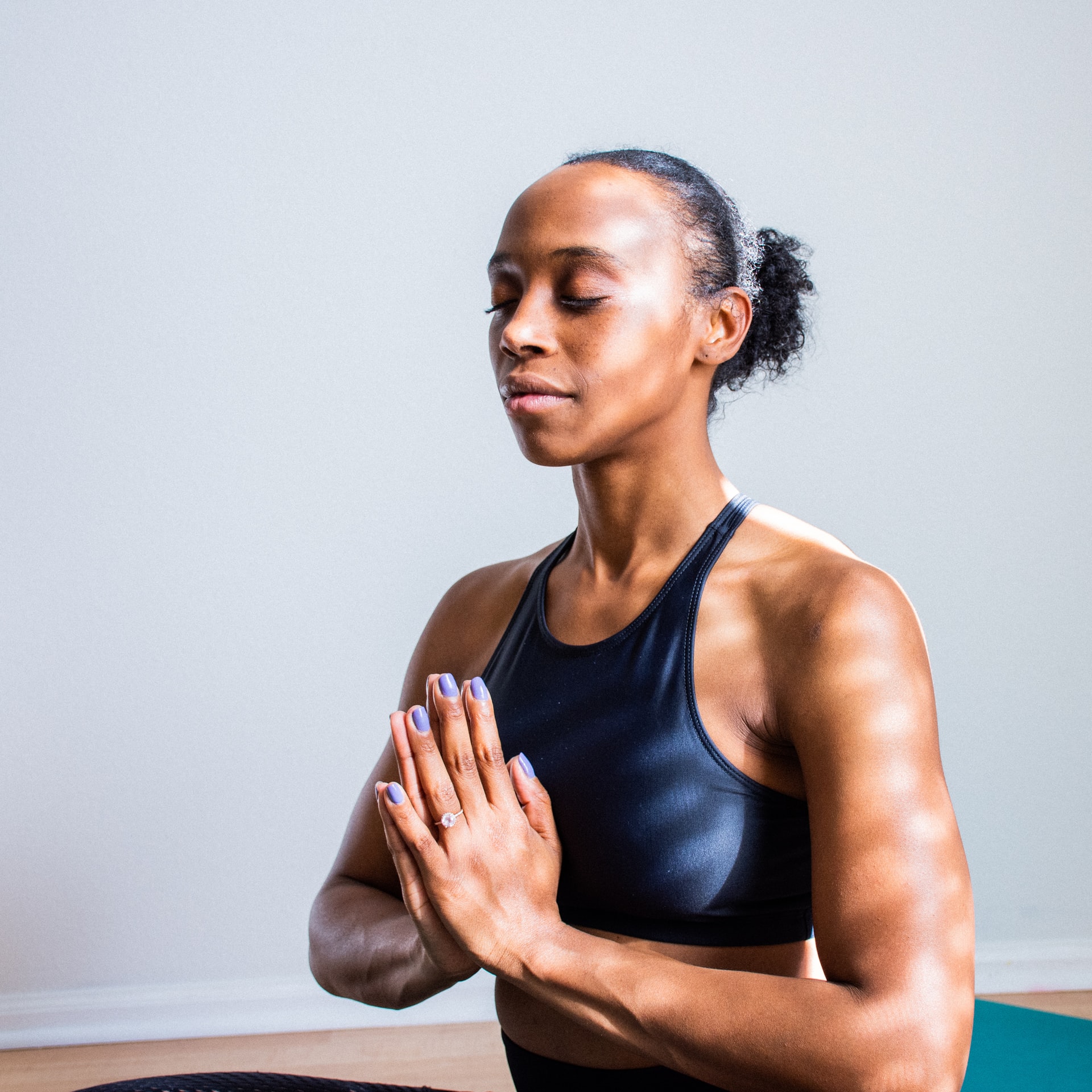
Which in turn helps to relax muscles which can help to relieve pain. It is not a cure all by any means, but it can lower the intensity of pain. It is also a great way to relax and prepare for sleep!
Click here to view our post: Meditation for Sleep, Anxiety & Healing
The position in which you sleep can either help to lower your pain, or it can in fact create more aches and pains. Which is why we hope this guide gives you a better idea on how the different sleep positions can either help to reduce pain, or make it worse. This way you can find your ideal sleep position and find better relief.

Have a question for us? Feel free to contact us, we would love to answer any questions you may have.
Our Texas Showrooms Are Here To Help With All Your Favorite Online Brands! And We Offer Exclusive Coupons To Save More!
Learn More
